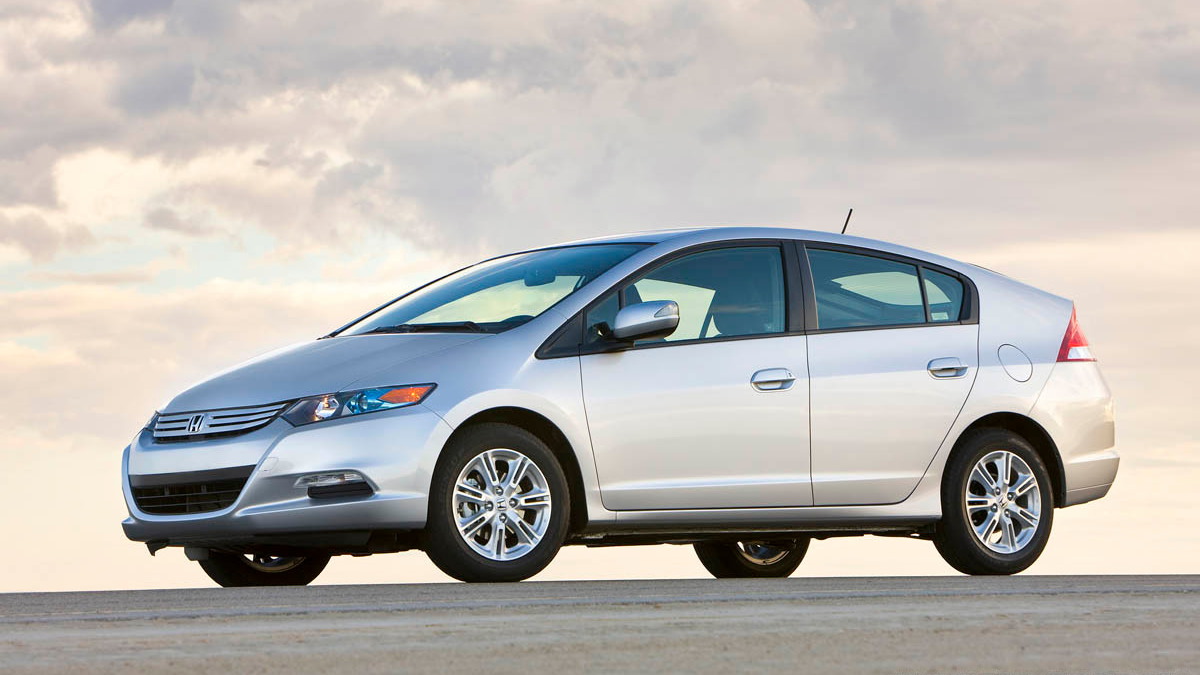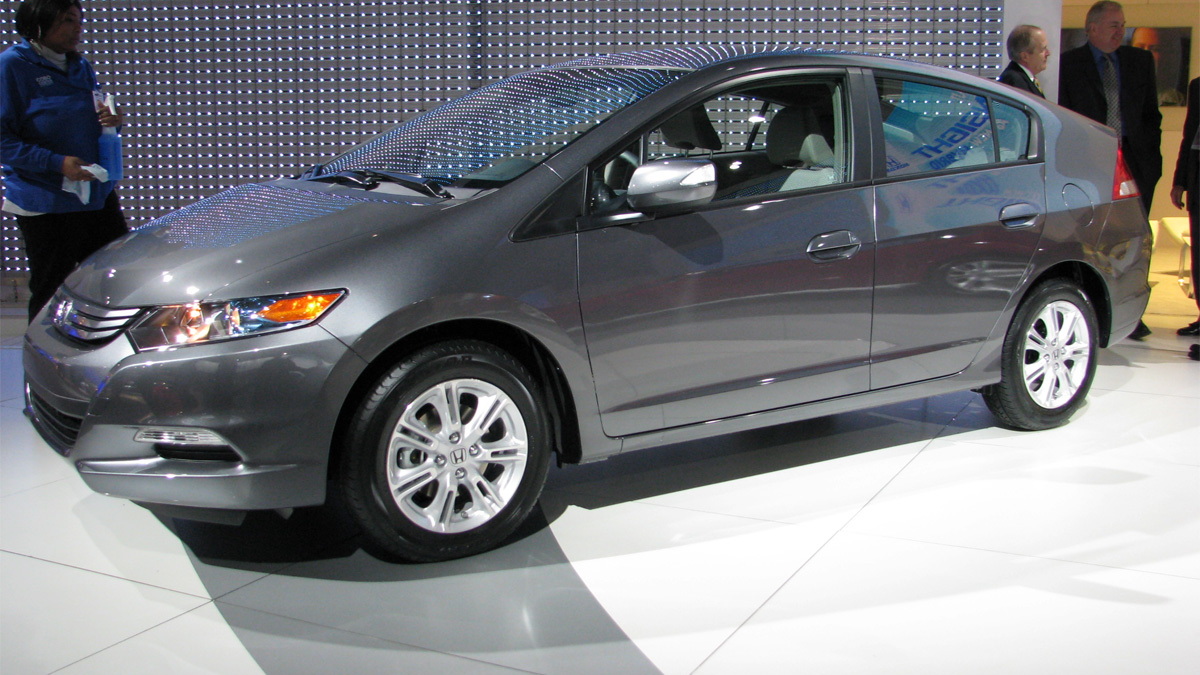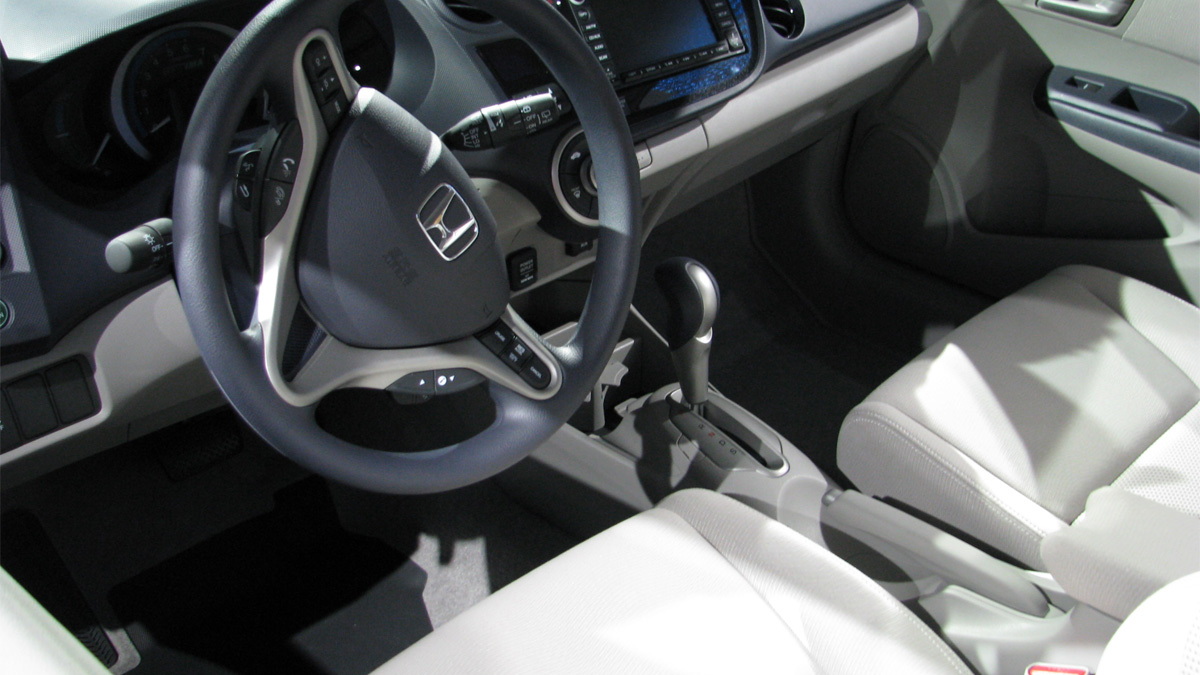Surprisingly, despite the American public's taste for large vehicles, North America leads the world in vehicular aluminum use, about 0.8% ahead of the world average of 7.8%.
By brand, Honda and BMW are leading the way in aluminum use, with about 340lb (154kg) of the metal in each car on average. General Motors and Nissan had previously led the way, and still remain among the leaders. Volkswagen and Hyundai are also among the brands steadily increasing their use of the material.
But where in the car is all of this aluminum going? Mostly into engine blocks, wheels, suspension components and hoods. Almost 70% of all cars sold in North America now have aluminum engine blocks, and over 22% feature aluminum hoods.
The rate of growth in aluminum use isn't slowing, either. Current estimates put the increase at about 4-5lb (roughly 2kg) per year, rising to about 300lb (136kg) per vehicle by 2020. That's roughly 9.4% by weight, given the average 3,185lb (1,447kg) curb weight of light vehicles.
Some cars, like the Honda Insight pictured above, are also beginning to incorporate even lighter materials including composite resins and carbon-fiber derivatives. The Insight, for example, uses a composite resin material for its intake manifold, saving even more weight than an equivalent aluminum part.





